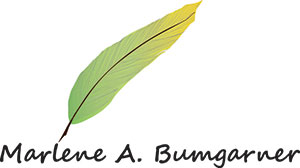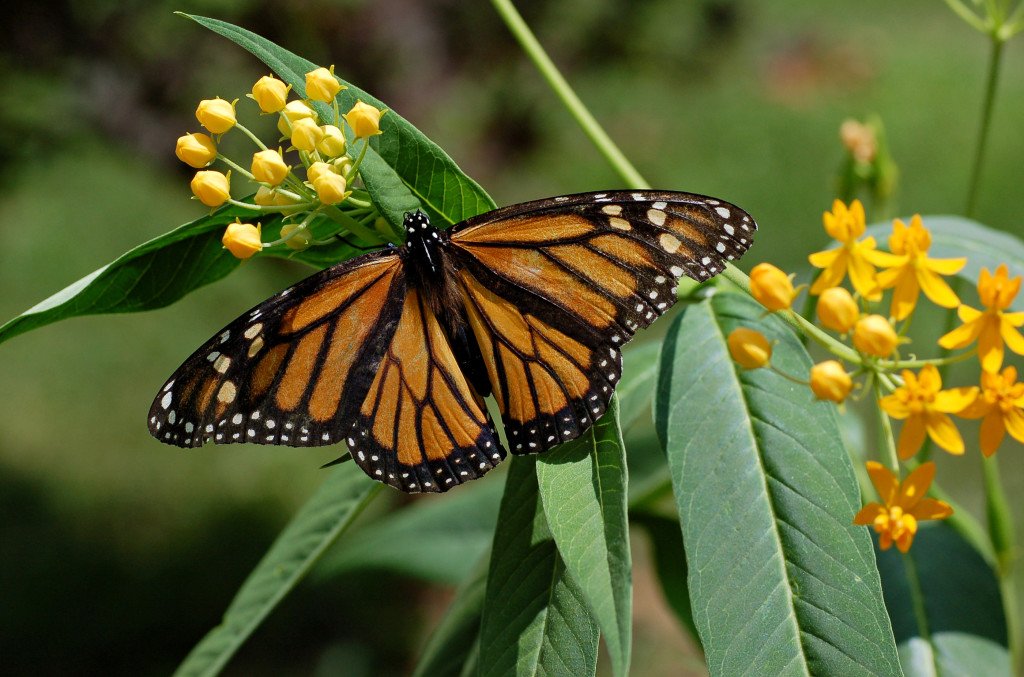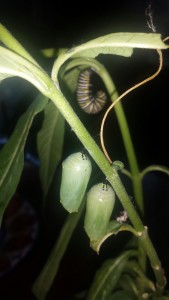Monarch Butterflies Return to the California Coast
Those of you who are regular readers know that I often walk along the Santa Cruz coast road and in Lighthouse Field State Park with my dog, Kismet. October marks the return of the Monarch Butterflies to the California coast, and two of the largest concentrations of overwintering Monarchs are at Lighthouse Field and Natural Bridges State Beach, just a mile from my home. So this is a very exciting time of year for me.
According to the people who follow such things, these amazing creatures travel 1,500 miles from the Rocky Mountains to Santa Cruz in search of mild temperatures, and from now through March we will see them fluttering in and around our eucalyptus trees and Monterey pines. When the temperatures dip below 50 degrees, they huddle together in clusters that hang from the branches like wasp nests. My granddaughter and I love to stand and look up into the trees, watching the butterfly wings beat and make the clusters vibrate. For me this annual ritual is grounding; for Bean it is simply delightful.
The Monarch Population is Dwindling
According to The Legal Status of the Monarch Butterfly in California 2012, Lighthouse Field hosted 70,000 Monarchs annually in the late 1990s, and Natural Bridges State Beach recorded over 120,000 during the same period. Sadly, we haven’t seen those numbers lately. University of Kansas insect ecologist Orley Taylor says that’s due to the “increased planting of genetically modified corn in the U.S. Midwest, which has led to greater use of herbicides, which in turn kills the milkweed that is a prime food source for the butterflies.”
Many people in Santa Cruz have planted milkweed to try to make up for this deficit. After three years of drought, there are not many plants left alive in our gardens anyway, and milkweed doesn’t need much water to thrive. I haven’t planted any yet, but it has been on my list of things to do to locate a source of seeds and plant them when it begins to rain (any day now, right?).
Imagine my delight, then, when I drove to Napa for the weekend and my friend Arlene showed me her own personal crop of milkweed, overflowing with excess seeds just ready to be launched into to the wind. While she collected seeds into a bag for me, she told me this wonderful story.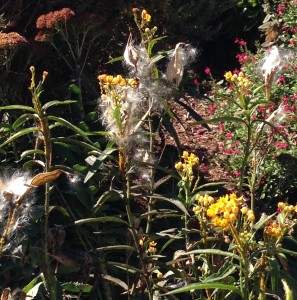
Arlene and her grandson Austin were out in her garden one day when they noticed a bird eating a caterpillar on one of the milkweed stalks. (Arlene has bird feeders all over her very large garden, so lots of birds hang out there.) They agreed that this was not a good thing. This caterpillar might just be a baby Monarch. Solution? A branch of the milkweed with three caterpillars on it was clipped and placed in a vase inside the house, where the caterpillars could be watched and protected.
Austin and Arlene observed the caterpillars for a couple of days, then she left for vacation. Here the story is continued by Austin’s dad, Arlene’s son David. “Austin and Nanna had them on the milkweed for a few days (in caterpillar form) and set me in charge when they left town on Friday.”
“By Monday morning two of them were wrapped up in the green [chrysalis] and the rogue caterpillar was running around the milkweed for almost two more days after until Wednesday late morning when he curled into the “J” form. They were fascinating in the fact they were in j form and the next morning were completely encompassed in the green.”
“I thought she sounded crazy [when she asked me to watch them] but then I saw them, very wild.”
What is wonderful about this story? Three generations helping Monarch butterflies survive to the next year, that’s what. No nature deficit disorder in this family!
What is Nature Deficit Disorder?
Nature deficit disorder is a term that was coined and popularized by Richard Louv in his 2005 book Last Child in the Woods. Louv believes that because we are all spending less time outdoors than people did in previous generations we, and especially children, are feeling less connected to nature. He also cites research that correlates certain behavioral signs with limited outdoor play and recreation. Behaviors that Louv and others attribute to a lack of outdoor time include various attention disorders, depression and obesity. Additionally, he notes a growing lack of respect for our immediate natural surroundings.
I’ll talk more another day about Nature Deficit Disorder and what we can do about it as a society. But this experience with my friends and the Monarchs was just too good not to share. It’s such a great example of children learning about nature in a totally natural way — no curriculum, no preaching, no homework assignments. Austin recounted to me with great excitement their discovery of the caterpillars and his fear that the birds would eat them all. Here he is showing me where they found the first one: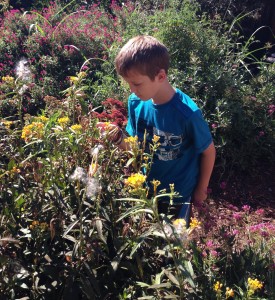
The best way to encourage children to connect with their natural surroundings is to do so yourself. My friend didn’t create an artificial situation — she simply paid attention to a natural one. It also doesn’t matter if you have a large garden like this family does. You can visit a local park, plan picnics on your deck, plant tomatoes in a wine barrel, watch ants on a sidewalk, buy a bird identification book and a bird feeder and learn about local birds.
Children get excited about something when you are genuinely excited too. Model the behavior you want your children and grandchildren to exhibit. Demonstrate your own curiosity. Look things up if you don’t know the answers. (In my house, Bean reminds me to “ask Siri.”) Share what you enjoy doing in the outdoors with your kids.
You can model respect for nature through simple everyday activities like recycling and picking up trash. Ride bikes, take hikes, participate in an organized beach or park cleanup or organize your own. Sharing your enthusiasm for the natural world is by far the best way to raise children who will do the same. And if you see a Monarch caterpillar being eaten by a bird, consider rescuing it. I know that birds need food, but Monarchs need a little extra help these days!
I love to read your comments. Do you have a family nature story to share, or comments about this one? Please use the comment form below to respond. Would you like to receive future posts? Use the subscription form at the top of this page.
Share this post